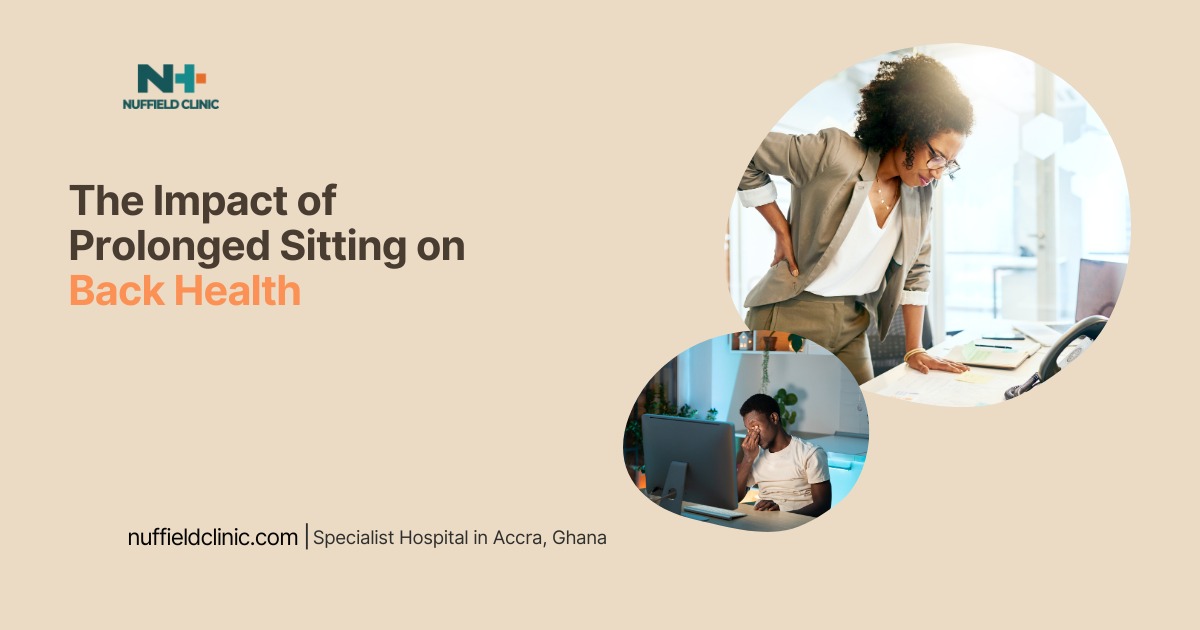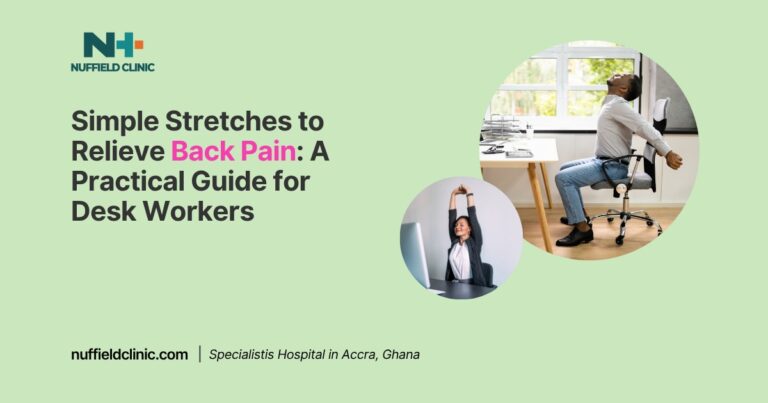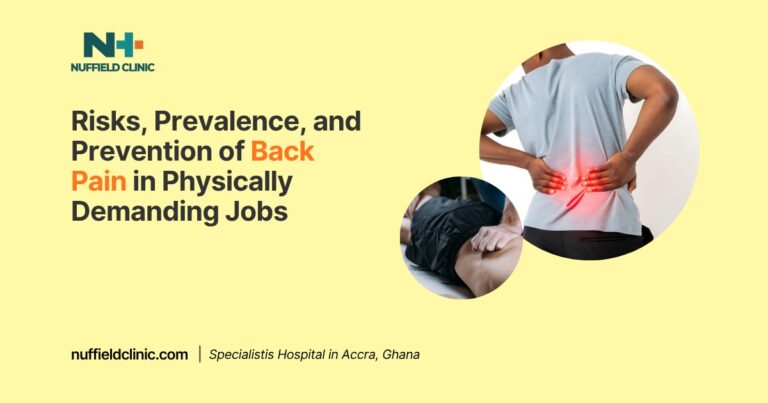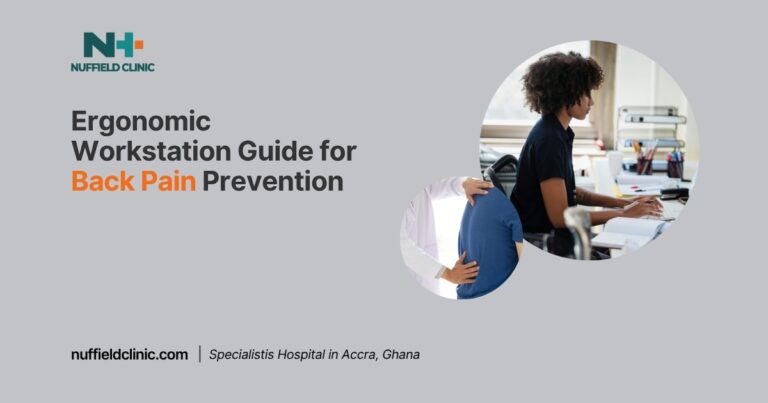What Impact Does Prolonged Sitting Have on Back Health?

Do you sit for hours at a desk? How does this affect your back health? Prolonged sitting has become a defining feature of modern life, particularly for individuals in desk-based occupations.
On average, adults in the United States spend nearly ten hours a day seated, often without recognising the strain this places on their musculoskeletal system. Over two decades of clinical practice have shown that extended sitting is not just a source of back pain but also a contributor to broader health risks, including cardiovascular conditions and metabolic disorders. Understanding how sitting affects spinal health and how to counteract its effects is essential for maintaining long-term comfort and function.
The Health Risks of Sedentary Behaviour
Sedentary lifestyles have been consistently linked to a wide range of physical problems. Beyond back pain, excessive sitting can lead to swollen legs, aching feet, fluid retention, and a general sense of fatigue. More critically, studies connect prolonged sitting with obesity, hypertension, unhealthy cholesterol levels, type 2 diabetes, heart disease, and certain cancers. Importantly, even semi-regular exercise does not fully offset the damage caused by extended periods of immobility.
How Sitting Causes Back Pain
The impact of sitting on spinal health is significant. Research shows that sitting increases spinal disc pressure by 40 to 90 per cent compared with standing, leading to compression that can cause herniated discs. This constant pressure combines with muscle imbalances that develop when the hip flexors remain in a shortened, relaxed position for too long. Over time, this weakens the stabilising gluteal muscles, forces the hamstrings to compensate, and disrupts pelvic and lumbar alignment.
Poor posture compounds the problem. Forward head posture and rounded shoulders increase strain on the neck, upper back, and lumbar spine. The natural S-shaped spinal curve flattens, placing greater stress on discs, ligaments, and surrounding muscles. Static loading, where postural muscles are held in the same position without rest, causes fatigue and soreness. Over time, these factors contribute to conditions such as lower back strain, herniated discs, tension in the upper back and neck, commonly called “tech neck,” tight hip flexors, weakened glutes, and referred pain or stiffness in other parts of the body.
Prevention and At-Home Relief
The most effective way to reduce the impact of prolonged sitting on back health is to break up static periods with regular movement. Clinical recommendations emphasise standing or stretching at least every 30 to 60 minutes. Even a brief five-minute walk or set of stretches can reduce disc pressure and muscle fatigue.
Workstation ergonomics also play a central role. Monitors should be positioned at eye level, elbows kept at a relaxed 90-degree angle, and feet flat on the floor to maintain a neutral spinal curve. Standing desks allow for alternating between sitting and standing, and accessories such as separate keyboards and mice help prevent hunching. Dual monitor arms or stands can optimise positioning, while avoiding gel wrist rests reduces the risk of carpal tunnel compression.
Postural awareness is equally important. Maintaining a neutral spinal curve rather than slouching or holding an unnaturally stiff position helps preserve balance across the spine. Gentle exercises such as seated pelvic tilts, wall angels, hamstring stretches, and yoga-based movements like the butterfly position can relieve strain. Core strengthening through targeted exercises provides long-term support by stabilising the lower back and torso.
Technology can also assist in reducing strain. Voice-to-text features on computers and phones minimise repetitive wrist and neck positions, and adjusting devices to eye level lessens the tendency to hunch forward.
When to Seek Professional Care
While prevention and at-home adjustments help many individuals, persistent pain is a signal to seek professional evaluation. Ongoing symptoms lasting longer than three weeks, referred pain into the legs, or significant limitations in mobility indicate a need for medical attention. Orthopaedic surgeons, spine specialists, and chiropractors offer both diagnostic expertise and tailored treatment plans. These may include chiropractic adjustments, physical therapy, corrective exercises, injections, or minimally invasive procedures such as radiofrequency neurotomy. Early consultation ensures accurate diagnosis and reduces the risk of chronic, long-term damage.
Prolonged sitting is a modern health challenge with a clear and measurable impact on back health. The combination of increased disc pressure, muscle imbalances, poor posture, and static loading creates a high risk of both acute and chronic spinal conditions. However, regular movement, ergonomic adjustments, targeted exercises, and timely professional care can significantly reduce these risks. By addressing sedentary habits early and consistently, individuals can protect their spinal health and improve overall quality of life.
We answered some frequently asked questions about back health. I am sure they will be of help to you.






